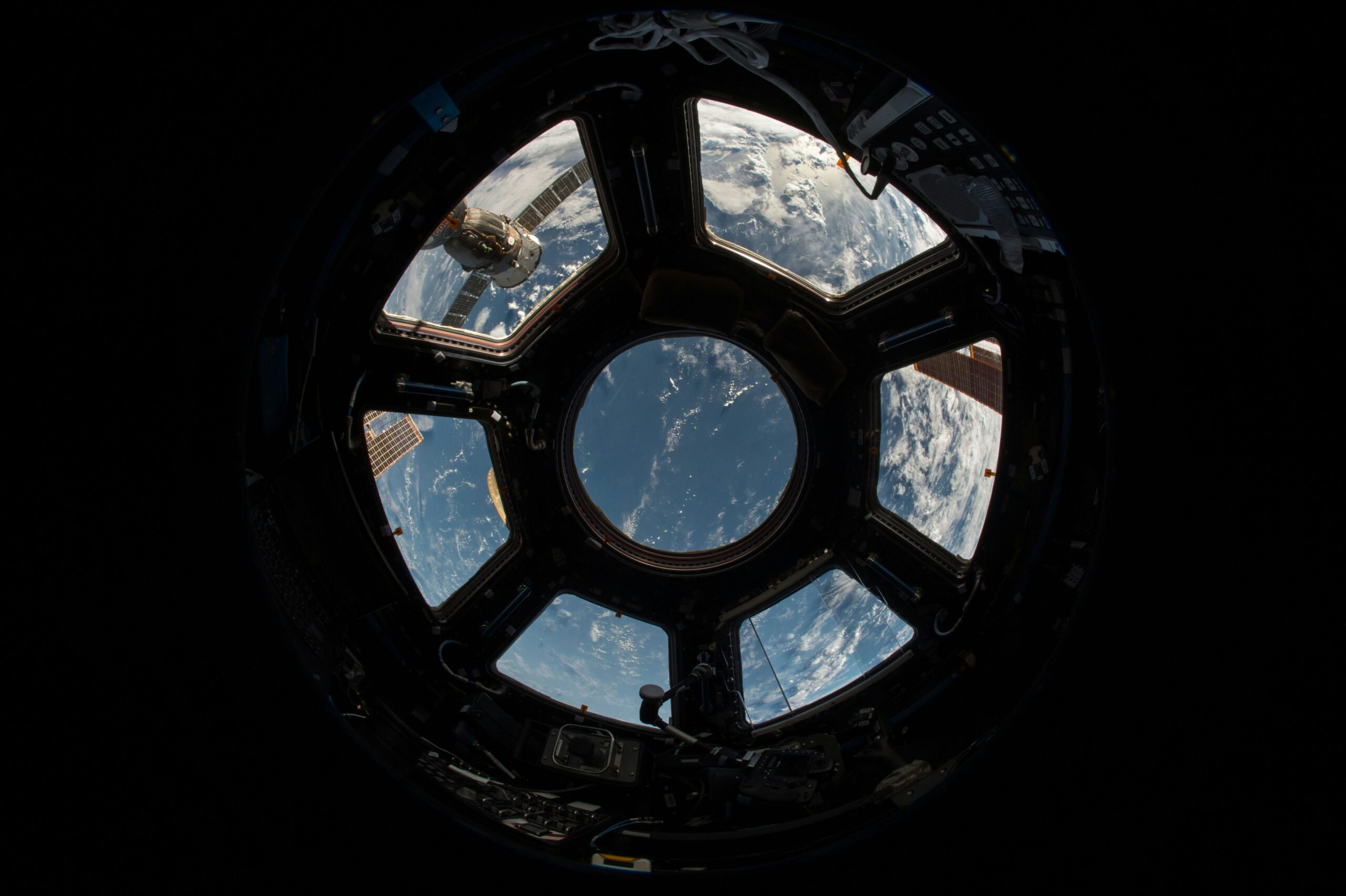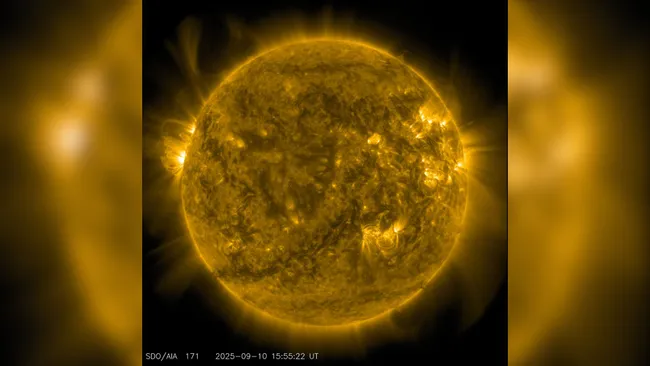The International Space Station (ISS) continues to demonstrate its resilience and adaptability, thanks to a historic new maneuver. For the first time, NASA and SpaceX complete Dragon Space Station reboost using engines located in the spacecraft’s trunk. This test marks an important milestone in ISS operations, ensuring the orbital laboratory can maintain its altitude more efficiently in the years ahead.
The First Dragon Reboost Maneuver
On Wednesday, September 3, 2025, NASA confirmed that the SpaceX Dragon cargo spacecraft successfully carried out a planned burn to adjust the ISS’s orbit. The maneuver lasted five minutes and three seconds, powered by two Draco engines mounted in Dragon’s trunk section.
Unlike previous reboosts, which relied on visiting Russian Progress spacecraft or other external modules, this test demonstrated that Dragon can now take on the critical role of station reboost. The engines increased the ISS’s altitude by about one mile at its lowest orbital point, raising the station’s trajectory to 260.9 x 256.3 miles.
By proving this new capability, NASA and SpaceX completed a crucial step toward ensuring the long-term sustainability of the ISS.
Why the ISS Needs Reboosts
The International Space Station does not orbit in a vacuum. Instead, it circles Earth at an altitude of about 250 miles, where the thin upper atmosphere still produces drag. Over time, this drag slowly pulls the station downward, reducing its orbital altitude.
Without regular boosts, the ISS would eventually lose altitude and re-enter Earth’s atmosphere. To counter this, periodic reboost maneuvers are carried out, usually several times per year. Until now, Russian Progress spacecraft and occasionally other vehicles provided this service.
With the new system, NASA and SpaceX complete Dragon Space Station reboost responsibilities, offering greater flexibility and reducing reliance on any single partner.
How Dragon’s Boost Kit Works
This Dragon spacecraft is part of NASA’s SpaceX CRS-33 mission, a commercial resupply flight launched in August 2025. It delivered more than 5,000 pounds of cargo, including science experiments, crew supplies, and essential hardware.
Inside its trunk section, Dragon carries a new independent propellant system that powers the Draco engines used for reboost. Because the trunk is normally jettisoned before Dragon returns to Earth, this design allows reboost capability without affecting the spacecraft’s primary return functions.
The test demonstrated that Dragon could safely fire its trunk-mounted engines while docked to the ISS. This paves the way for a series of longer burns planned throughout Fall 2025, which will continue raising and maintaining the station’s orbit.
Expanding Dragon’s Role
The successful test shows how commercial spacecraft like Dragon can go beyond cargo delivery and play a more active role in station upkeep. In fact, this upgrade adds to Dragon’s reputation as one of the most versatile spacecraft in operation today.
NASA officials praised the achievement, highlighting how NASA and SpaceX complete Dragon Space Station reboost represents the next step in deepening collaboration between government and commercial spaceflight.
As ISS approaches its planned retirement in the early 2030s, reliable systems for altitude maintenance will be more important than ever. Dragon’s reboost kit provides redundancy, reducing risk and ensuring continued safe operations for astronauts on board.
A Step Toward Future Missions
Beyond station support, this test has broader implications for human spaceflight. If Dragon can successfully control large-scale maneuvers for the ISS, similar systems could one day be used to help:
- Maintain future commercial space stations.
- Adjust orbits of lunar Gateway modules.
- Support missions involving orbital refueling depots.
By proving the technology now, SpaceX and NASA are laying the groundwork for the infrastructure needed to support long-term human presence in space.
Dragon CRS-33: More Than Cargo
While the reboost test grabbed headlines, Dragon’s CRS-33 mission is also delivering critical science and technology to the orbiting laboratory. The cargo includes experiments designed to:
- Study plant growth in microgravity.
- Advance medical research using space-based tissue samples.
- Test materials and robotics that could benefit both space exploration and life on Earth.
In addition to supplies for the crew, Dragon also carries spare parts and equipment needed for upcoming spacewalks and repairs.
The spacecraft is scheduled to remain docked until late December 2025 or early January 2026, when it will return to Earth with valuable research samples and used hardware, splashing down off the coast of California.
Looking Ahead
This initial test reboost is only the beginning. NASA has confirmed that additional burns using Dragon’s trunk engines will be scheduled in the coming months, allowing mission planners to fully evaluate the system’s performance under different conditions.
By proving this capability, NASA and SpaceX complete Dragon Space Station reboost milestones that will shape future station operations. Each successful maneuver brings greater confidence in using Dragon as a reliable, flexible partner for orbital maintenance.

Conclusion: A Boost for the Future
The International Space Station has relied on cooperation and innovation for more than two decades. With the latest milestone, NASA and SpaceX complete Dragon Space Station reboost, ensuring that the orbiting laboratory remains on track for years to come.
This achievement reflects the growing role of commercial spacecraft in supporting human spaceflight, offering new tools to extend the life of ISS and paving the way for future stations. As space agencies and companies prepare for the next era of exploration, Dragon’s successful reboost test proves that innovation is the key to keeping humanity’s foothold in space strong and sustainable.


